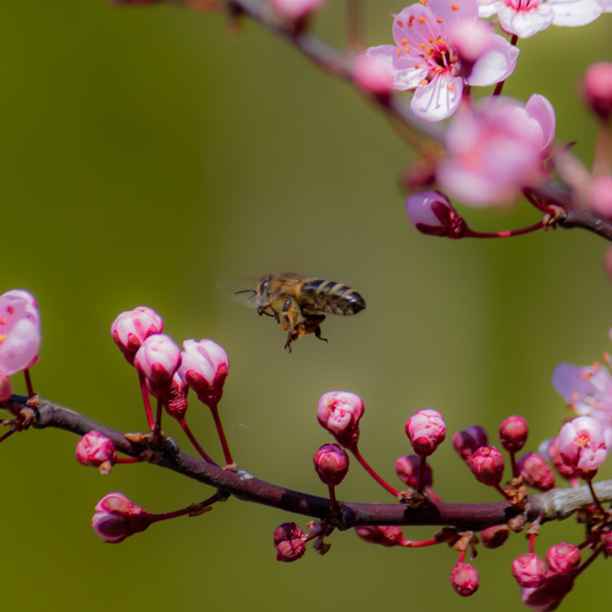A global diversity framework (GBF) was agreed upon safeguarding at least 30% of the world’s land, inland waters, coastal areas and oceans by 2030 and setting additional targets, disclosure rules and reform of harmful subsidies.
Is this agreement good enough?
Results
Without being exhaustive (there are 23 targets for urgent action), the main results of the COP15 are:
- Agreement to conserve 30% of Earth by the end of the decade: The most high-profile target at COP15 (and partly reductionist target) has been reached, to the surprise of some. Presently, 17% and 10% of land and marine areas respectively are under protection. The final wording commits governments to conserving nearly a third of Earth for nature by 2030 while respecting indigenous and traditional territories in the expansion of new protected areas.
- Indigenous rights at the heart of conservation: Several scientific studies have shown that Indigenous peoples are the best stewards of nature, representing 5% of humanity but protecting 80% of Earth’s biodiversity. At COP15, it was agreed that Indigenous-led conservation models must become the norm this decade if we are to take real action on biodiversity. Also, the rights of Indigenous people need to be better protected.
- Reform of environmentally harmful subsidies: The world spends at least USD 1.8 trillion every year on government subsidies driving the annihilation of wildlife and a rise in global heating, according to a study earlier this year. Governments have agreed on the importance of making a change by reducing yearly harmful subsidies by USD 500 billion by 2030.
- Nature disclosures for businesses: Although the language was watered down in the final text, the deal requires governments to ensure that large and transnational companies disclose “their risks, dependencies and impacts on biodiversity”. If implemented, this could be the start of a significant change in business practices. About half of global gross domestic product is dependent on the healthy functioning of the natural world, according to the UN, and biodiversity loss is rapidly shooting up the agenda of corporate risks.
Triodos Bank applauds this important milestone and the more holistic approach to biodiversity, considering not only direct causes of biodiversity loss but also addressing the interests and role of local communities and Indigenous people. Also, there are better targets aimed at increasing gender equality in conservation projects (which is important especially in subsistence agriculture) and there is more recognition that nature is not (only) about ecosystem services (what can nature deliver for the economy) but has a value in itself. The GBF is more far-reaching than was expected.
When will it be a success?
Triodos Bank believes the agreement can only be a success if it can be enforced. Unfortunately, the agreement is currently not legally enforceable.
Implementation depends on the same kind of national determined plans (NBSAP, National Biodiversity Strategies & Action Plans) as with the Paris climate agreement. Seven years after the Paris agreements were reached, the nationally determined plans do not add up to the global ambitions. The same might happen to the biodiversity targets if no mechanism to enforce them is in place.
Also, Triodos Bank calls on governments in the coming period to make all targets for 2030 more specific; they should also more concretely address how unsustainable production and consumption patterns should be tackled as underlying drivers of biodiversity loss.
The role of finance
The financial sector needs to limit possible harm to nature to a minimum and foster activities that support balanced ecosystems wherever possible. It is good news that subsidies and financing of harmful activities needs to be reduced by USD 500 billion a year by 2030. That is the right ambition. However, enforcing this agreement will be difficult, because almost all these subsidies are national policies and are most of the time in place to alleviate social challenges.
The GBF intends to increase the level of financial resources for nature ‘from all sources’, freeing up USD 30 billion per year for developing countries. It aims to leverage private finance and promote blended finance to raise new and additional resources for conservation, restoration and sustainable use of nature.
According to Triodos Bank, financing can only be a success if it is focussed on the longer-term conditions for nature-based solutions and has a holistic approach to biodiversity, respecting the interests of all stakeholders.
All in all, the agreement is better than expected. Now it is up to enforcement and implementation. And it all starts with no longer doing harm to nature now.


